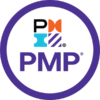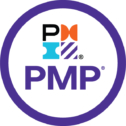Last updated on March-2024 by PMPwithRay, PMP
Examples of Waterfall Type Projects in Project Management
Waterfall is a project management methodology, Examples of Waterfall Type Projects in Project Management, that follows a sequential approach to project delivery, where progress flows downwards through the phases of the project. In this methodology, each phase must be completed before moving on to the next one. Waterfall projects are best suited for projects where the requirements are well defined, and the project team has a clear understanding of what needs to be done. The phases of a typical waterfall project include planning, design, development, testing, and deployment. This methodology is commonly used in projects such as construction projects, software development projects, and manufacturing projects. Waterfall projects have several advantages, such as ease of understanding and accurate estimation of resources, but they also have some disadvantages, such as inflexibility and difficulty accommodating changing requirements. Ultimately, the choice of project management methodology depends on the specific project’s requirements and the project team’s preferences and expertise.
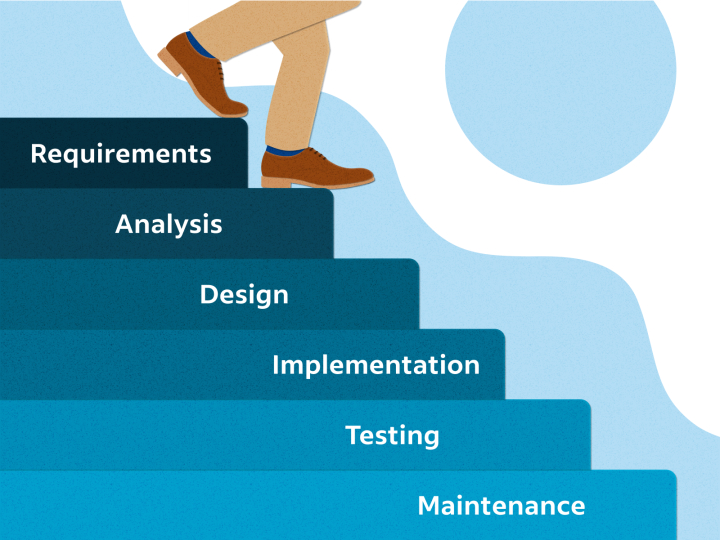

In project management, there are two primary methodologies used to complete projects: waterfall and agile. The waterfall approach is a sequential design process, where progress flows downwards through the phases of the project. Each phase must be completed before moving on to the next one. This methodology is commonly used in projects where the requirements are well defined, and the project team has a clear understanding of what needs to be done. In this blog post, we will explore examples of waterfall type projects in project management in following industries:
- Construction Projects
- Healthcare Projects
- Manufacturing Projects
1. Type of Waterfall Projects - Construction Projects
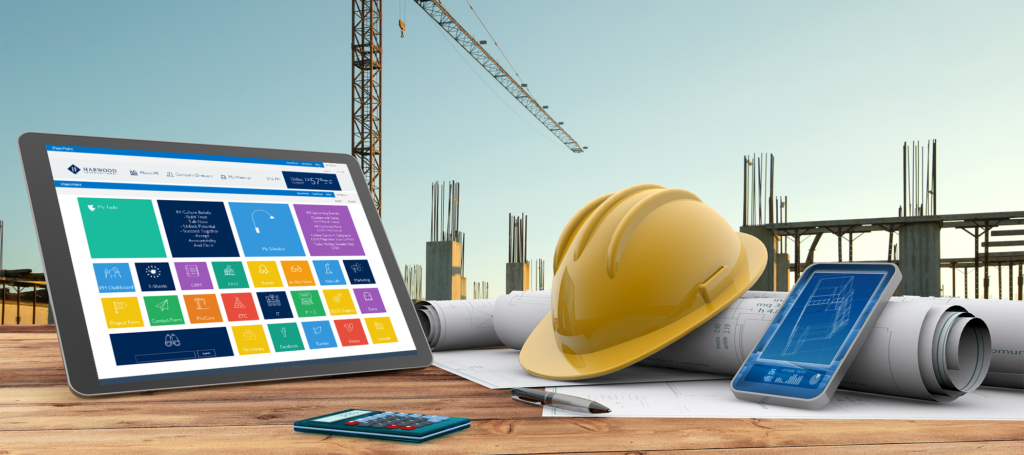

One of the most common types of waterfall projects, Examples of Waterfall Type Projects in Project Management, is construction projects. Construction projects are characterized by their linear and sequential nature, where each phase must be completed before moving on to the next. The phases of a construction project typically include planning, design, pre-construction, construction, and closeout.
During the planning phase, the project team defines the scope, requirements, and objectives of the project. In the design phase, the project team develops detailed plans and specifications for the project. The pre-construction phase involves preparing the site for construction and obtaining necessary permits and approvals. The construction phase is where the actual construction work takes place, and the closeout phase involves completing final inspections and turning over the project to the owner.
2. Type of Waterfall Projects - Healthcare Projects


The waterfall model is a traditional approach to project management that is commonly used in the healthcare industry is one of the Examples of Waterfall Type Projects in Project Management. This model is a linear sequential approach, where each phase of the project must be completed before moving onto the next phase.
In a healthcare project, the waterfall model typically consists of the following phases:
- Planning: During this phase, project managers work with stakeholders to define the project goals, objectives, and scope. They also create a detailed project plan, including timelines, resource requirements, and budget.
- Requirements gathering: This phase involves gathering and documenting all of the requirements for the project. This includes identifying the needs of all stakeholders, including patients, medical staff, and administrators.
- Design: During this phase, the project team creates detailed specifications for the project. This includes designing the system architecture, developing software requirements, and identifying hardware and software components.
- Implementation: The implementation phase involves building and testing the system or solution based on the design specifications. This includes installing software, configuring hardware, and integrating all components.
- Testing: Once the system or solution has been implemented, the project team performs extensive testing to ensure that it meets all of the project requirements. This includes functional testing, integration testing, and user acceptance testing.
- Deployment: During the deployment phase, the project team releases the system or solution to the healthcare organization. This includes training end-users, providing technical support, and monitoring the system to ensure that it is working properly.
- Maintenance: The final phase of the waterfall model involves ongoing maintenance and support for the system or solution. This includes bug fixes, updates, and enhancements based on user feedback.
While the waterfall model can be effective in healthcare projects, it does have some drawbacks. One of the main disadvantages is that it can be inflexible, as changes to the project scope or requirements may require restarting the entire process. Additionally, the linear nature of the model may not be well-suited for complex projects or those with changing requirements.
3. Type of Waterfall Projects - Manufacturing Projects
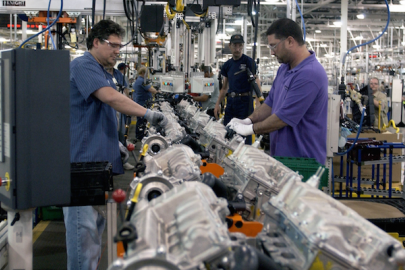

Manufacturing projects are another example of a waterfall project. These types of projects typically involve the production of physical goods, such as cars, appliances, or electronics. The phases of a manufacturing project typically include planning, design, procurement, production, and delivery.
During the planning phase, the project team defines the scope and objectives of the project. In the design phase, the project team develops detailed plans and specifications for the product. In the procurement phase, the project team acquires the necessary materials and equipment. In the production phase, the project team manufactures the product. Finally, in the delivery phase, the product is shipped to the customer.
What are the advantages of Waterfall Projects in Project Management?
Waterfall projects have several advantages over other project management methodologies. One of the main advantages is that they are easy to understand and implement. The linear and sequential nature of the methodology makes it easy for project team members to know what needs to be done and when.
Another advantage of waterfall projects is that they are well suited for projects with clearly defined requirements. Because the requirements are well defined, the project team can accurately estimate the time and resources needed to complete the project.
What are the disadvantages of Waterfall Projects in Project Management?
While waterfall projects have several advantages, they also have some disadvantages. One of the main disadvantages is that they are not well suited for projects with changing or undefined requirements. Because the methodology is linear and sequential, any changes to the requirements can significantly impact the project’s timeline and budget.
Another disadvantage of waterfall projects is that they do not allow for much flexibility during the project. Once a phase is completed, it is challenging to go back and make changes without impacting the project’s timeline and budget.
If you are planning to write the PMP Exam, you can make the best use of the free resources on my YouTube channel PMPwithRay. Also, make sure you checkout my Udemy courses on PMP Certification as well.
Conclusion - Types of Waterfall Projects in Project Management
These Examples of Waterfall Type Projects in Project Management as mentioned are a common methodology used in project management, particularly for projects with well-defined requirements and a linear structure. We explored several examples of waterfall projects, including construction projects, software development projects, and manufacturing projects. While waterfall projects have several advantages, such as ease of understanding and accurate estimation of resources, they also have some disadvantages, such as inflexibility and difficulty accommodating changing requirements. Ultimately, the choice of project management methodology depends on the specific project’s requirements and the project team’s preferences and expertise. By understanding the advantages and disadvantages of different project management methodologies, project teams can choose the best approach for their projects to ensure success.
Hope you enjoyed reading the article. If you are preparing for your PMP Exam, don’t forget to check out my Udemy Courses and Live PMP Masterclass Sessions as below:
The last one is the best if you are struggling to learn EVM during your PMP and CAPM preparation.
Cheers and I will talk to you soon!
Ray
